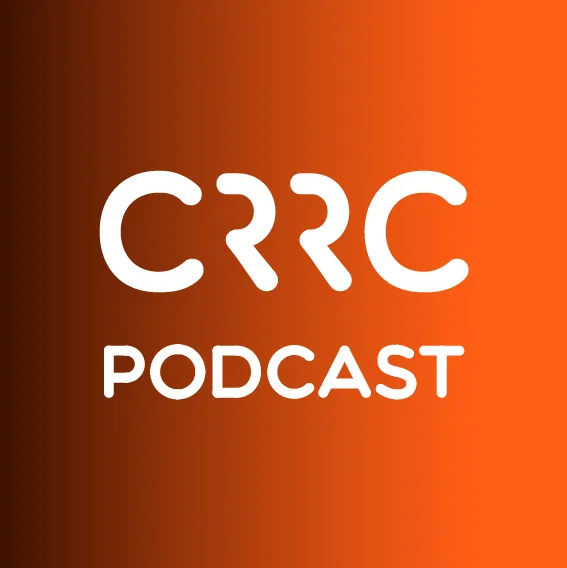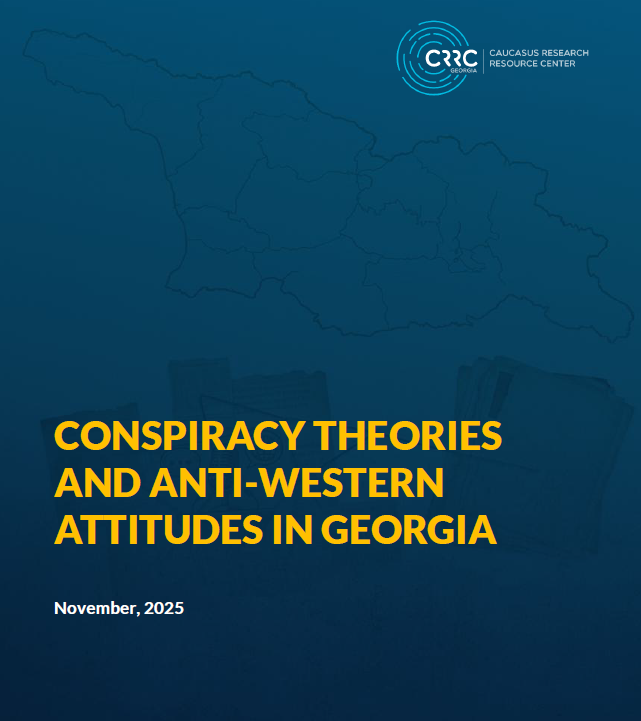The Soviet Union was replete with traveler horror stories. So, more than a decade and a half down the road how have the countries of the Caucasus developed when it comes to tourism? The World Economic Form (WEF) has now developed the first comprehensive index to measure travel and tourism competitiveness. The WEFstates that its index is not a “beauty contest” but concretely measures the attractiveness of developing a tourism industry in any given country. The scores are based on 15 variables grouped into three major categories — regulatory framework, business environment and infrastructure, and human, cultural and natural resources. Each variable is ranked from 1-7. A country profile is also developed for each country to attractively display the data.
With a score of 4.13, Georgia ranks 66th in the world but number one in the CIS region — though it is far outstripped by Estonia, which currently ranks 28th. Armenia and Azerbaijan follow closely on Georgian heels at 74th (3.93) and 75th (3.92) respectively. Tajikistan, not surprisingly, comes in last in the CIS region at 110th.
In the Caucasus, all countries do very well on the availability of human resources and none of the countries score particularly high on their natural and cultural resources (Armenia 78th, Georgia 81st, Azerbaijan 116th). Clearly, the authors of the report have not spent enough time in the region. Either that, or the indicators need to be adapted.
In the Georgia country profile (pdf), Georgia ranks low on all forms of infrastructure and somewhat better on the regulatory framework. Azerbaijan (pdf) does better on infrastructure, but worse on the regulatory framework, as expected. Armenia (pdf) splits the difference in the countries in terms of both infrastructure and regulatory framework issues.







